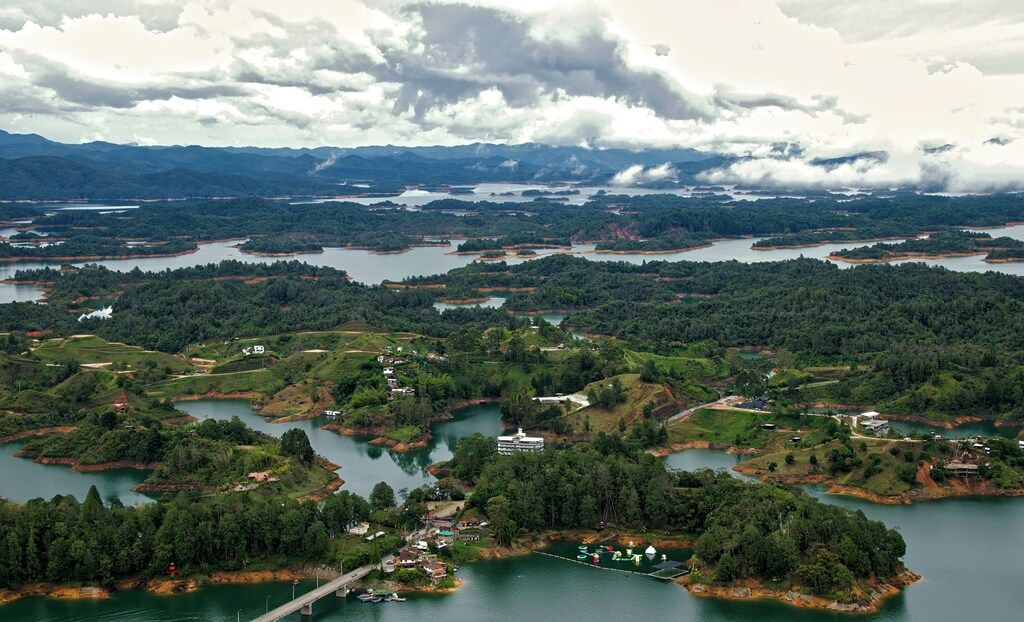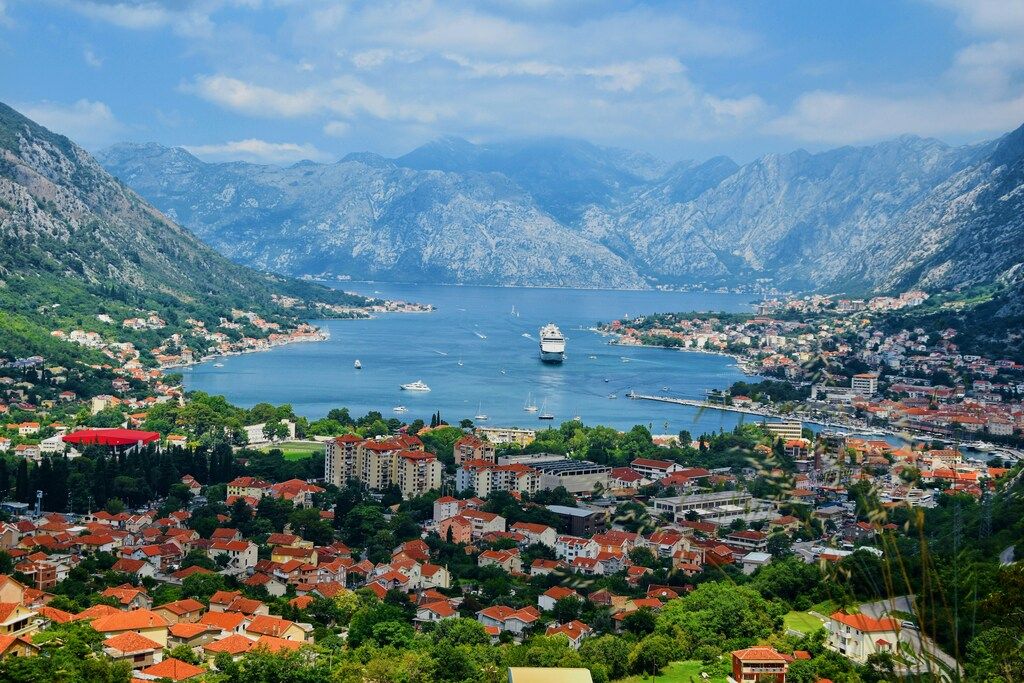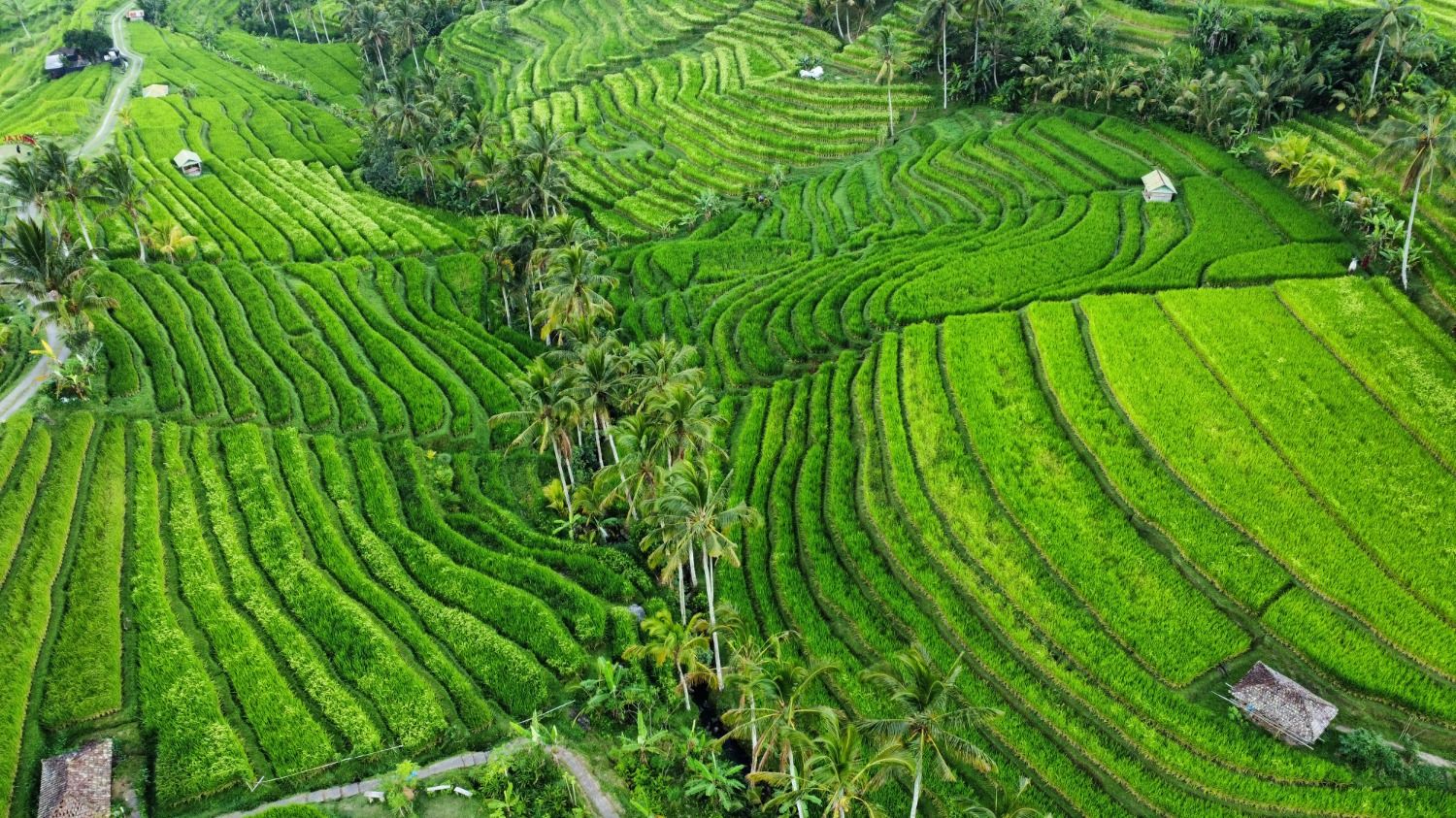

Bali is one of the world’s most popular islands, drawing travelers with stunning beaches, dramatic landscapes, and colorful culture.
With volcanic peaks to climb and world-class waves to surf, there’s something for everyone, from sunrise to sunset. While it is always beautiful, your timing matters. The time of year, and where you go, shapes your experience. The island has two seasons: the dry season is ideal for outdoor exploring and the wet season, when it truly comes to life. There is also a “shoulder season.” It often gets passed up, but it shouldn’t. Use our advice on weather, beaches, and festivals to decide when to visit.
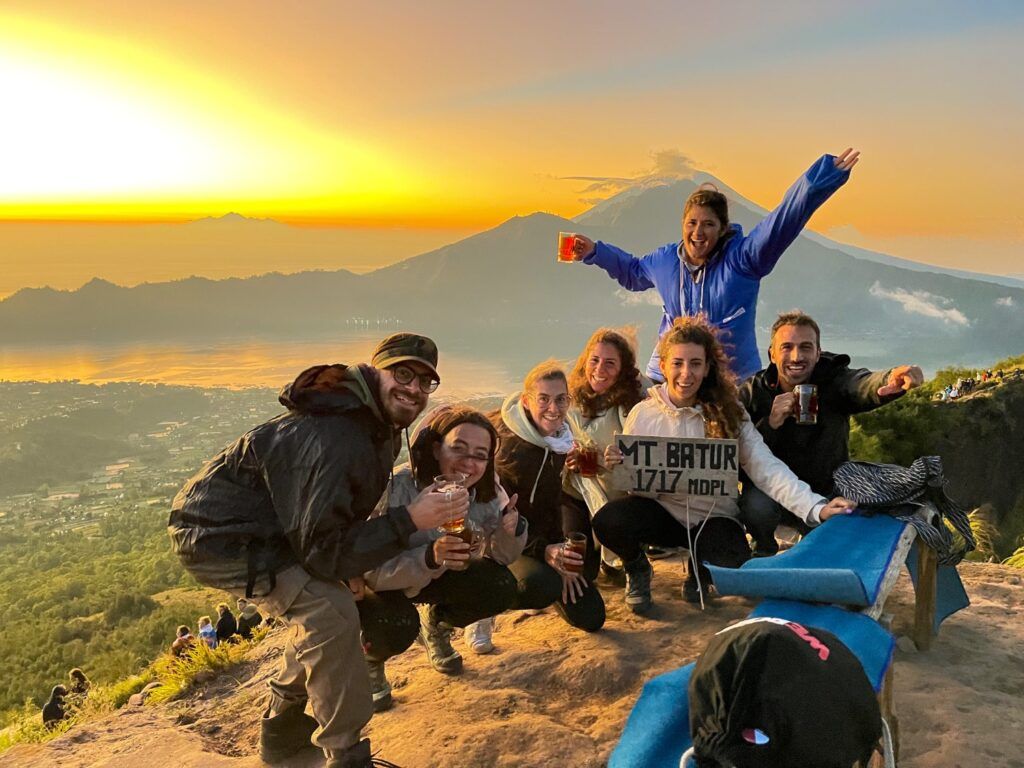
The dry season (April to October): sun, surf, and adventure
What do you picture when you think of Bali? Most people will describe seabreeze, tanning, relaxing, and lots of nature. Well, if you want to experience this aspect, the best time to visit is the dry season.
This period sees the most sunshine, with blue skies, cool breezes, and low humidity. It’s the perfect time for outdoor activities. Days are sunny, warm, and long, which means surf and sand rule from sunrise to sunset. This is perfect if you are an active person. Moreover, there is something to do for everyone. So, if you want to know more discover the best things to do in Bali and the Gili Islands
Tips from the locals:
- Hike Mount Batur at sunrise: Hire a local guide in a nearby village to avoid the crowds on the “tourist” route.
- Surfing during peak season: While world-famous spots like Uluwatu and Padang Padang offer powerful waves during this time, they can become very crowded. For a less intense and more enjoyable experience, seek out lesser-known spots. For instance, fewer people know Medewi in the West: the waves are longer and fewer than the other big waves, making it great for longboarders. For intermediates, Balangan and Bingin offer fantastic, less frantic alternatives.
- Scuba diving season: The dry season offers the best water clarity and calmest conditions for diving. Visibility is at its best, making it easy to spot marine life. Head to the East Coast to sites like Amed and Tulamben (home to the famed USAT Liberty Wreck), or explore the spectacular walls and marine biodiversity around Menjangan Island in the northwest.
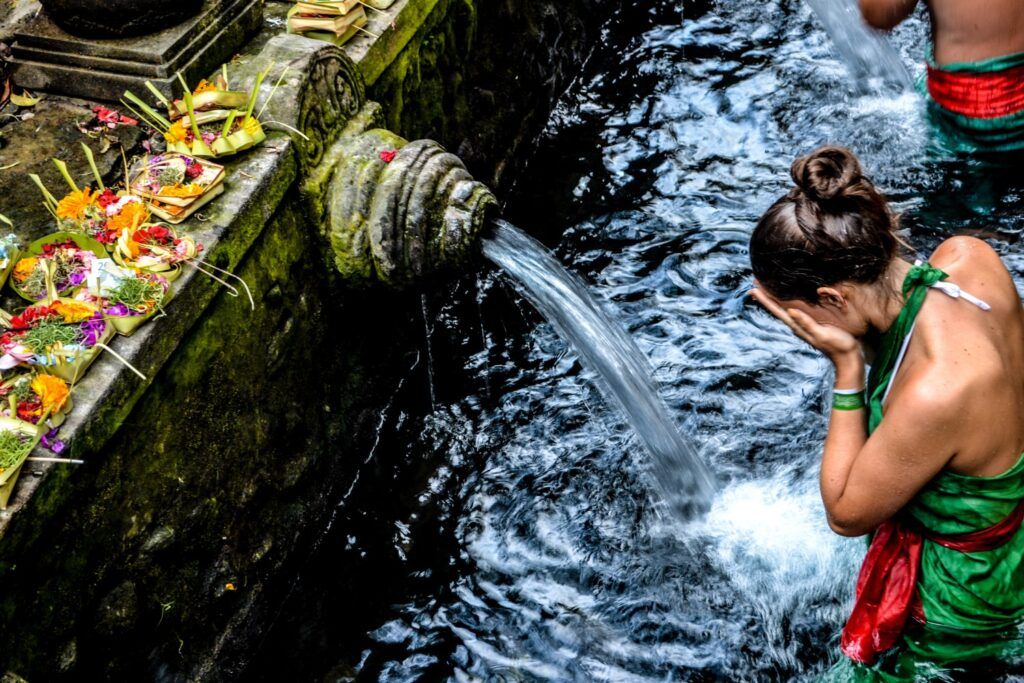
The wet season (November to March): a lush and cultural escape
Most tourists flock to Bali in search of the island’s much-touted dry season: a perpetually sunny paradise that delivers postcard delight for lazy beach days and brilliant sunset selfies. Yet, in avoiding the tropical wet season, this crowd is missing out on one of the island’s most magical gifts. The reality is that rainy days rarely ever mean 24 hours of non-stop rain. In fact, they are usually quite the opposite, brief downpours followed by bright blue skies that make the island burst with vibrant hues of green. The air seems crisper, and the landscape lets out a giant sigh of relief. And when you layer on top of this cleaner, cooler, and more colorful landscape with a friendlier budget and fewer tourists to contend with, this tropical time goes from something to avoid to something to actively seek. To plan your dream trip, explore the best places to visit in Bali.
Things to do and see in the rain
- Temple Time: The rain only adds to the magic of those special places, like Tirta Empul, a Hindu Balinese water temple nestled in the jungle. The ponds, as raindrops patter upon them, seem to echo more fully with the chants and prayers of the faithful.
- A Day in Ubud: Bali’s creative and spiritual center, Ubud, takes an even more mystical turn in the rainy months. Once it begins to rain, duck into a yoga studio that overlooks a river and a waterfall, or pull up a seat at a traditional Balinese dance performance. There are many ways to experience the culture while also staying comfortable and dry.
- Hike the Rice Terraces: Walking among the Tegallalang and Jatiluwih rice fields in the days following rain is an unforgettable experience. After a night of showers, the rice paddies are the most vibrant shades of green imaginable. It’s like wandering onto a giant canvas as each level of the field reflects the sky above.
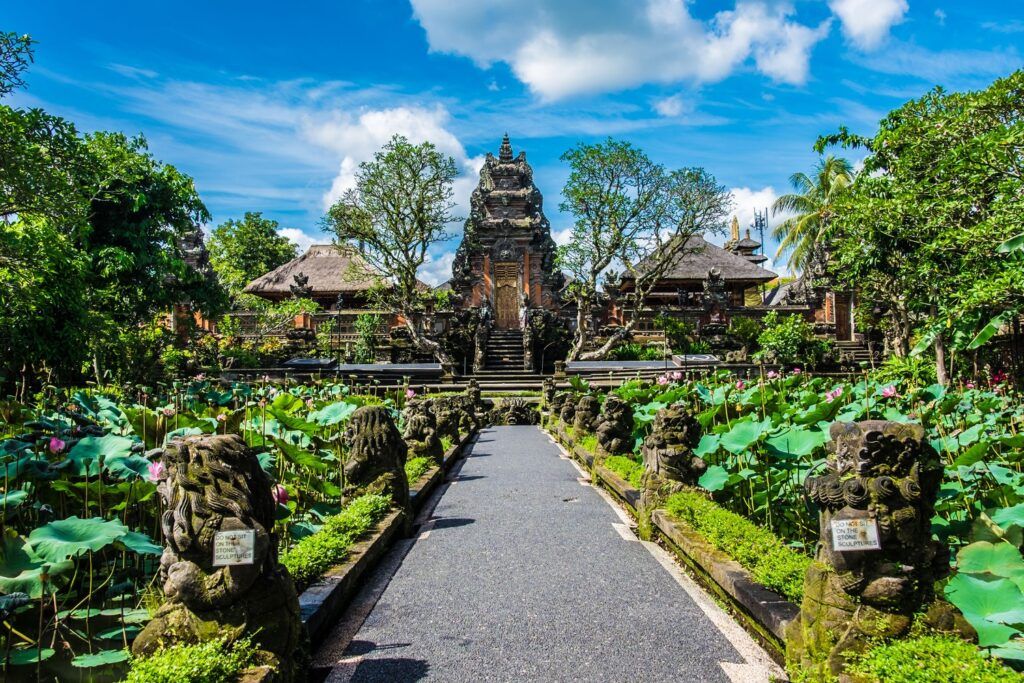
3 Insider tips for the rainy traveler
- Pack Wisely: Forget the umbrella; they’re tough to navigate while walking through the rainforest. The local choice is to buy a simple poncho that can be thrown into your daypack and whipped out at a moment’s notice. It also keeps your hands free for taking photos along the way.
- Factor in Extra Time: Don’t bulge your schedule during the time of year; it could take you twice as long to travel between locations because of rain. Stop for coffee if it starts to fall, or read in a little dive shop, or just start to gab with the locals. It’s all part of the experience.
- Take Advantage of the Quiet Season Rates: Many restaurants, hotels, and shops lower prices even further during the rainy season, so your trip can last longer, you can see more, and support local operators at the same time.
The rain brings island landscapes to life in ways that drier seasons never will. It leaves the air feeling fresh and clean. It even creates a genuinely unique way to connect with the island and its people. So, leave your notions of “perfect weather” behind, and bring your poncho, an adventurer’s mindset, and your sense of wonder. You might just find that the rainy season is actually the best time of the year.
What makes the wet season so special
- Nature at its Liveliest: Rain is the elixir of life. During this period, everything, everywhere looks a little greener, a little brighter. Waterfalls are fuller, jungles are more jungly, and rice terraces are iridescent. It is a raw, beautiful side of the island that simply doesn’t exist in the dry months. It is a photo-taker’s dream, with no need for Lightroom for these lush landscapes!
- Secluded and Serene: Perhaps one of the greatest luxuries of the wet season is the lack of crowds. The usual suspects—the famous temples, beaches, and views—are devoid of crowds, creating a more intimate, meaningful visit. It is as if the whole island is your very own playground. A rare gift, indeed.
- More Value at a Better Price: Whether you are budget-conscious or simply like a high-quality experience at a better price, the slower season offers a windfall of wallet benefits. Room rates can be nearly half of what they are in the high season (we’re talking 30–50% discounts), and the same goes for tours, services, and even meals. You can have a luxury villa, a haute couture spa experience, or a private cooking class, and save at the same time!
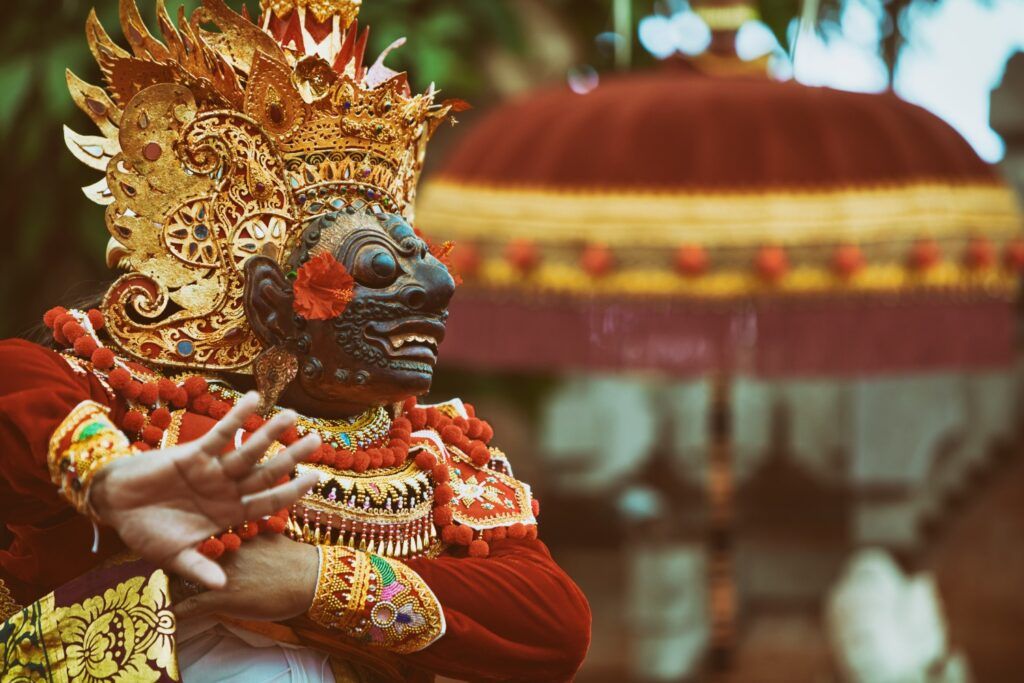
When to visit Bali for festivals and special events
Bali is more than just temples and beaches; it’s a living island with vibrant festivals year-round. Throughout the year, the schedule is filled with processions, communal prayers, dances, and more, which provide glimpses of the elaborate artistry and piety at the heart of Balinese culture.
Nyepi: the day of silence
The most well-known festival is arguably Nyepi, which is Bali’s equivalent to New Year’s celebrations. Unlike other New Year’s, which are often noisy, Nyepi is a silent day of reflection, silence, and seclusion. The entire island goes on shutdown for 24 hours—no shops, no traffic, no flights, and no work. You’re not even allowed to leave your hotel or speak too loudly.
Ogoh-Ogoh Parade: the night before
Of course, Nyepi’s eve is anything but silent. The island gears up for the celebration with the Ogoh-Ogoh parade. Villages across Bali take to the streets with huge papier-mâché monsters made to represent the evil spirits that are constantly cleansed from the island. The effigies are often made with swiveling limbs, giant eyes, and sometimes even breathe fire. Locals make as much noise as possible with car horns, gamelan music, bells, and gongs to accompany the effigies, which are eventually set on fire to ‘cleanse’ the spirit. Seeing the whole island fall silent the next day is an extraordinary sight to behold.
Galungan and Kuningan
Galungan and Kuningan only happen once every 210 days in the Balinese 210-day calendar, which means you only get to see this colorful celebration twice a year. Highlighting the victory of good spirits over evil, the first day, Galungan, marks the time when ancestral spirits come down to Earth. The day before, bright penjor, bamboo poles decorated with young coconut leaves, flowers, and fruit, line the streets, welcoming the spirits to the island. Homes all across Bali have their own penjor flag, typically made by the homeowner to symbolize prosperity and gratitude, welcoming ancestors to visit.
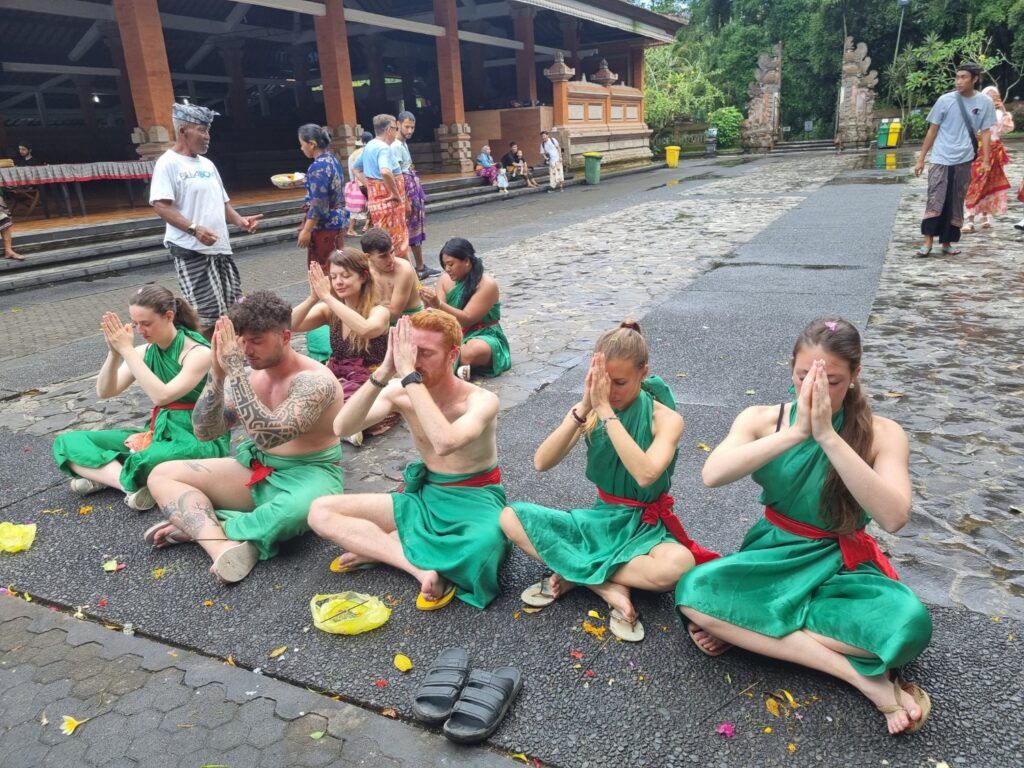
Travelers visiting during these months will notice a profound spirituality and community permeating daily life. Whether you’re in a bustling town or a sleepy village, what you’ll really feel is how the tapestry of cultural celebrations weaves everyday life with the sacred.
Temple Etiquette: Of course, there are a few temple-going manners that will help you participate in the right spirit. You should always wear a sarong and sash outside the temples. These can be rented or borrowed at the front gate. Also, never forget that temple ceremonies are by invitation only. If you’re merely there to watch and learn, the Balinese will go out of their way to accommodate your curiosity. Showing respect, even in the act of watching, speaks volumes for the traveler who wants to learn from the Balinese.
From the quiet mindfulness of Nyepi to the eye-popping color of Galungan, the Bali festival illuminates the island’s chi as a visceral expression of Balinese culture.
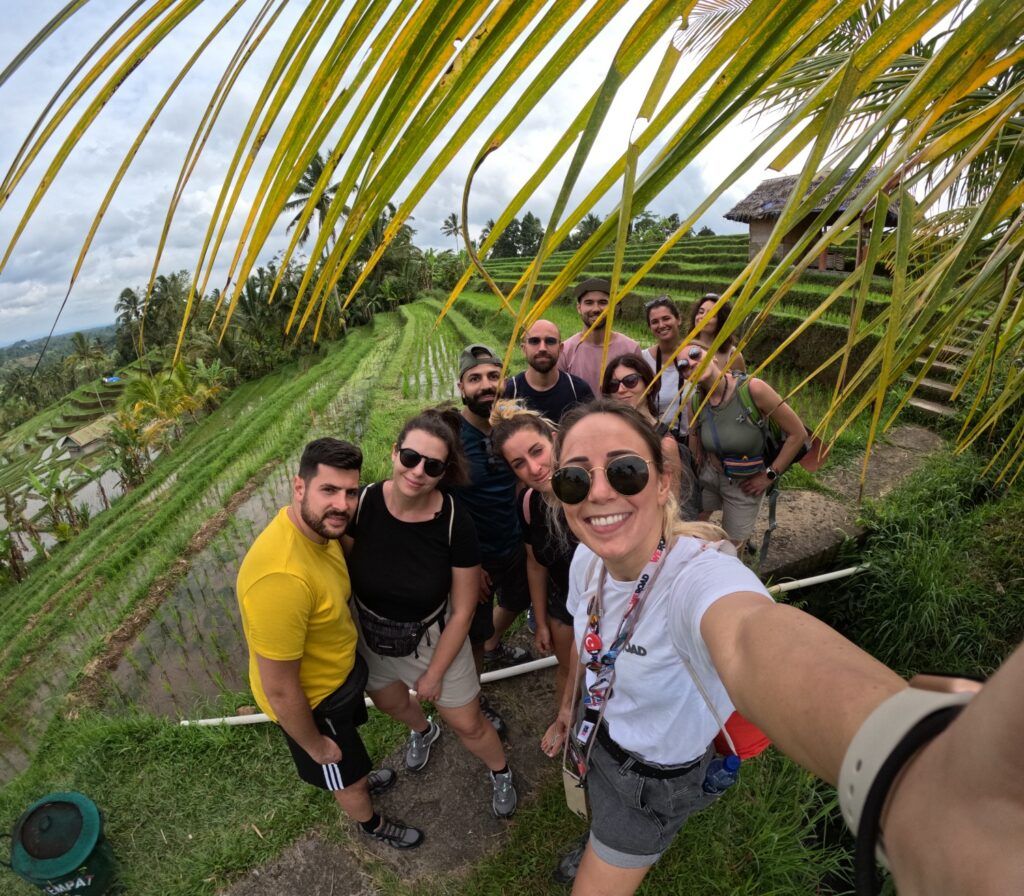
Choose Your Perfect Bali Adventure
When is the best time to go to Bali? There is no simple answer. It depends entirely on your goals. Use this cheat sheet to decide:
- Sun, Surf & Diving: Choose the dry season.
- Culture, Wellness & Staying Green: Pick the wet season.
- Both… in between: Go during the shoulder season.
- Surfing: The island-wide swell season is roughly June-August.
- Photography: January–March offers dramatic light.
- Lack of crowds: May and late September are your golden windows.
Ready to stop planning and start connecting? The best way to explore Bali is in great company. Traveling with a group means sharing experiences and creating new friendships. You can easily access remote gems like Nusa Penida together. Don’t worry about traveling alone, join fellow adventurers and enjoy the journey. Join a group travel adventure to Bali and the Gili Islands for a shared, exciting experience. Craving more? Discover all our amazing organized trips to Indonesia and find your ideal travel crew!


